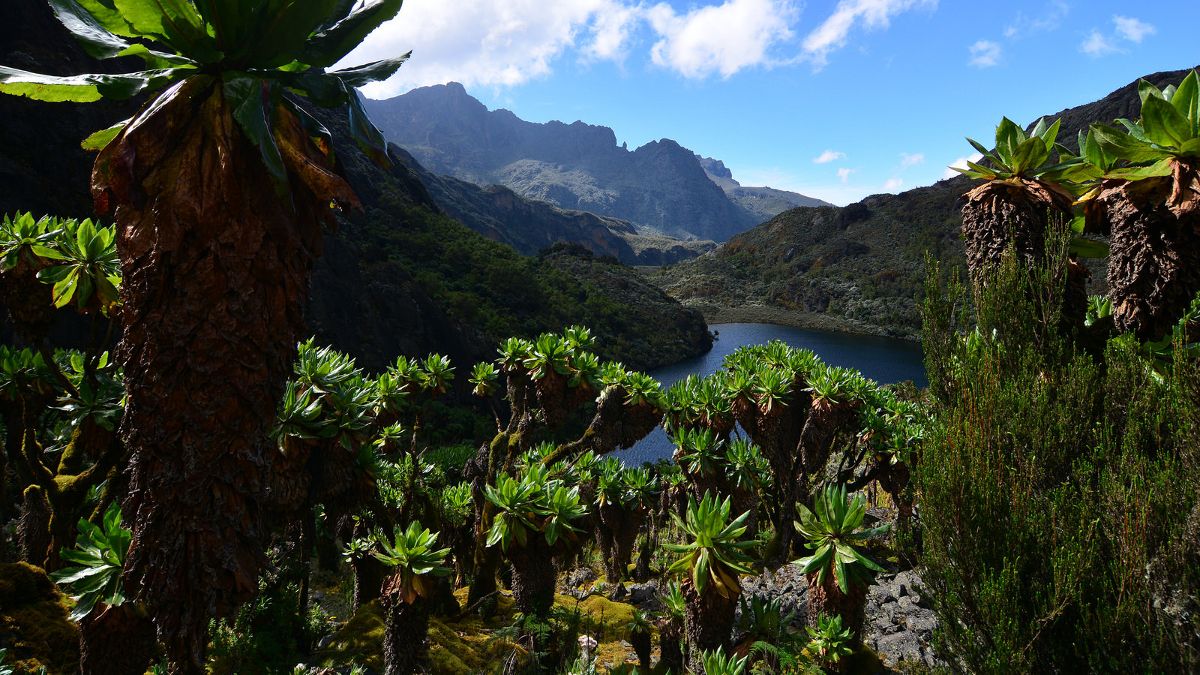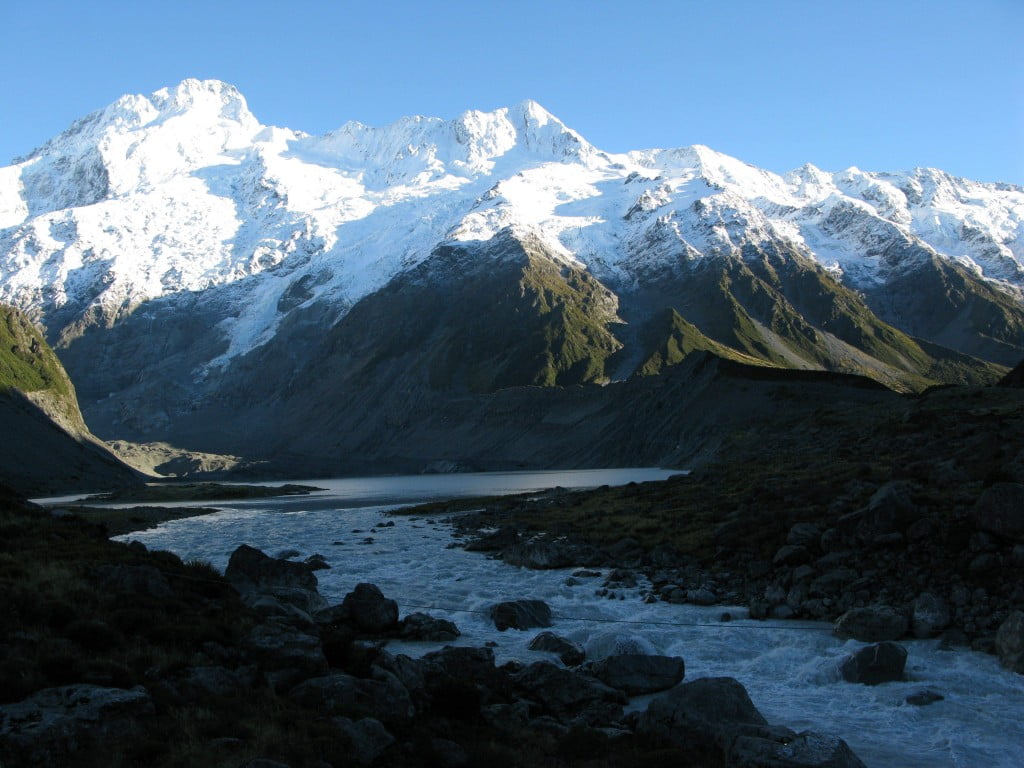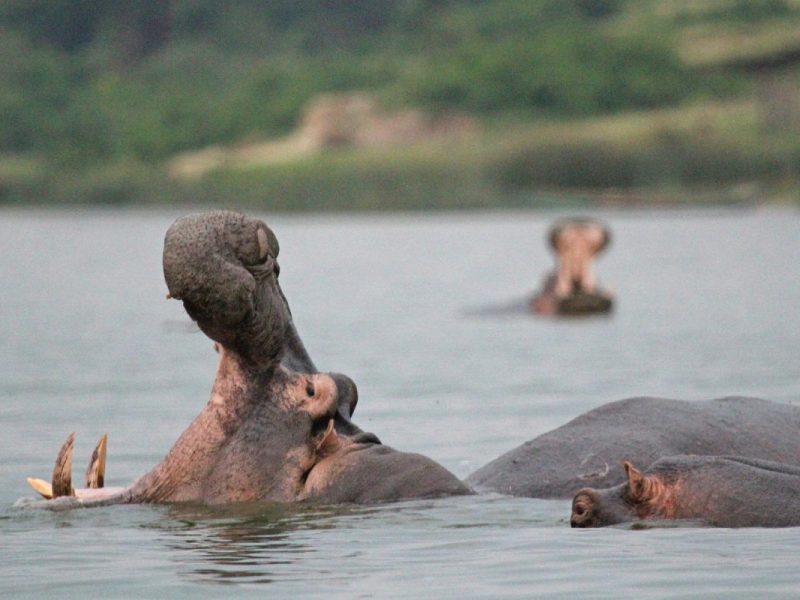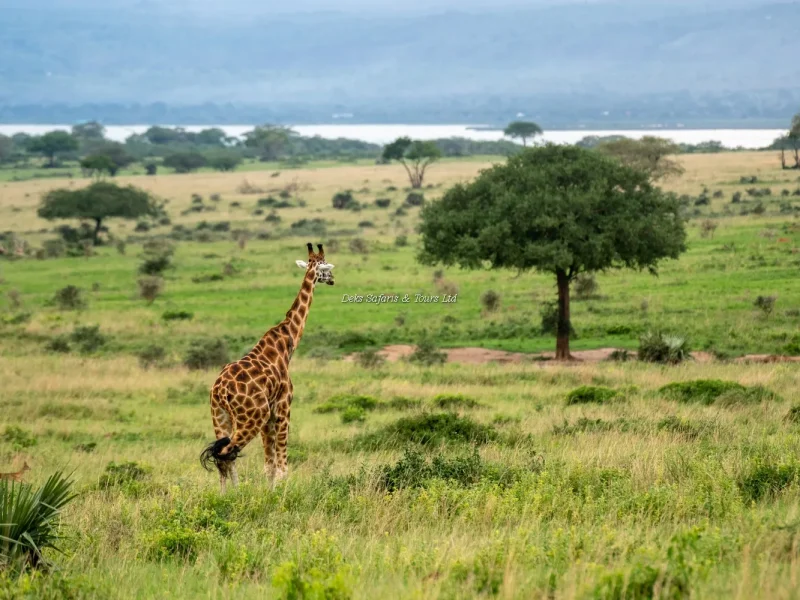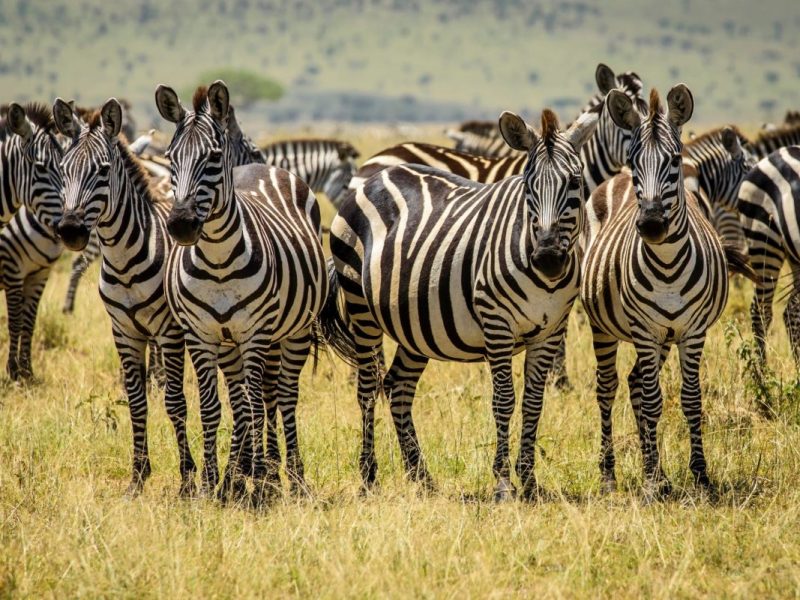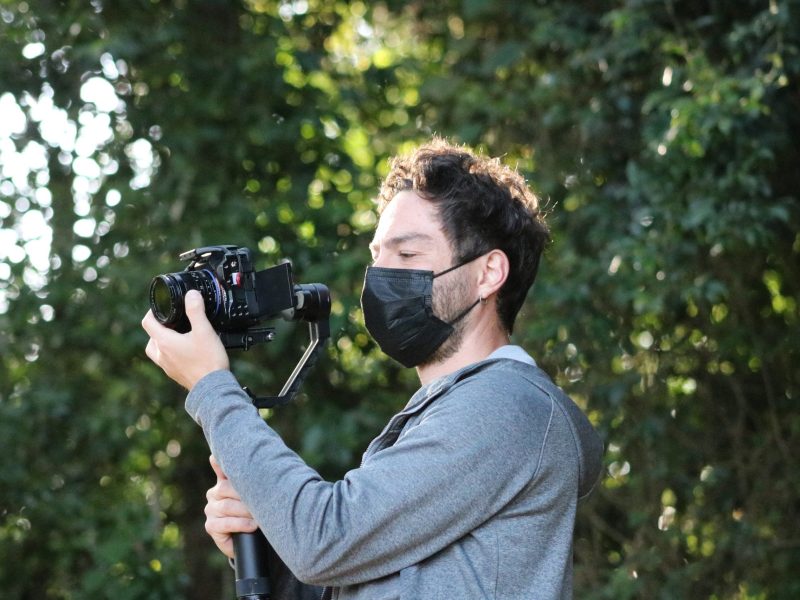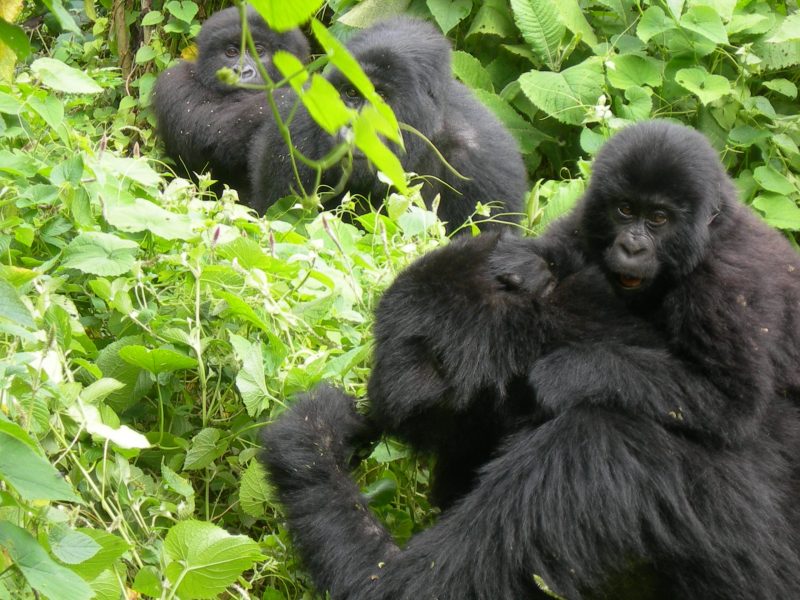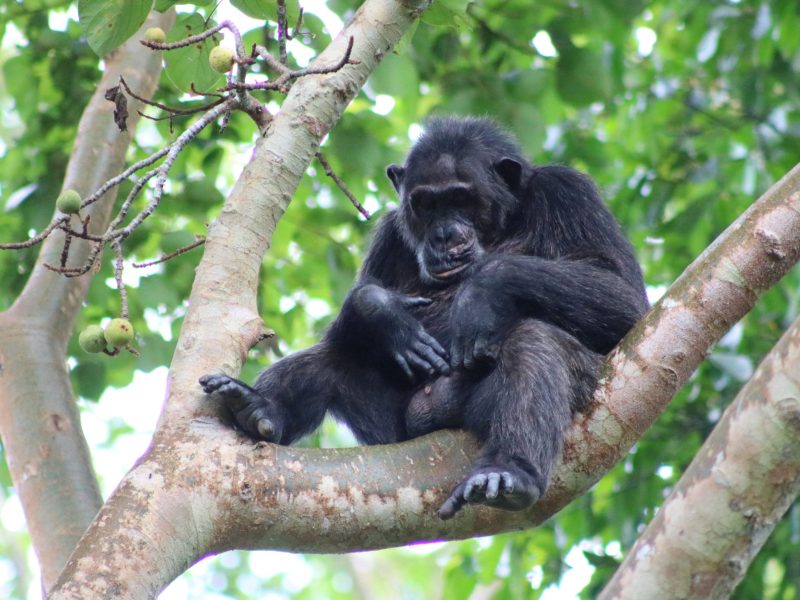Rwenzori Mountains National Park
Rwenzori Mountains National Park is located in Kasese Western Uganda (Aberdeen Rift Valley), southwest of Bendibugyo. Glacier, the park is famous for its beautiful flora. Mount Rwenzori National Park was established in 1991 to give you a Ugandan safari experience.
Attractions in Rwenzori Mountains National Park.
Wild animals.
The park has about 70 species of mammals, of which 6 are endemic to the Albertine Rift, even 4 are endemic to the park and 3 are rare species. Animal species in the park include elephants, Rwenzori otters, leopards, and many others, the park has primates like angora, blue monkeys, black and white colobus monkeys, Rwenzori turaco, Rwenzori duiker, duikers like jungle deer, and reptiles like three. -horned chameleon.
bird species. Rwenzori Mountains National Park is home to more than 217 bird species, 24 of which are endemic to the Albertine Rift and 88 are endemic to the African tropical highland biome, mostly in forested areas such as Rwenzori Turaco, Long-eared Owl, Archer Robin, Ragdon Bush. Sandpipers, blue-headed and golden blacks, white-starred redheads, slender thrushes, cinnamon-breasted, and others.
Vegetation.
The Rwenzori Mountains National Park is famous for its beautiful flora and fauna, the park ranges from tropical rainforests to the three big heathers, montane forests, African mountains, and bamboos, the African mountains are a world with their large iconic forms of senile (groundsel) and lobelia. One of the unique plant communities in the world is found only in mountains above 3800 meters above sea level in East Africa.
Equatorial Snow Peaks.
High Rwenzors consist of six different mountains because they are located in the northern part of the equator, in the highest mountains (5,10 meters), Spīke (4,890 meters) (4890 meters), bakers (4.83 meters), all with permanent snow and permanent snow and glaciers, wandering travelers can reach the top of the equatorial snow through the main track and the Kilin trail.
Trifid land in Rwenzori Mountains National Park
Triffid land, misty wells, marshes, and the glacier-carved high valleys of the Rwenzori form a strange flora, populated by rare clover-sized lobelias, as well as heather and basil, the crisp ‘eternal flowers’ of bright mosses and rugged trees draped in curtains. lichen.
The Crater Lake. There are more than 20 lakes in the park, the most accessible of which is probably Mahoma Lake (2,651 m), located in the third densest forest in the Central Circle, the stunning Bujuuku Lake, located in the deep recesses of the Bujuuku Glacier. valley, Mt Stanley and Mt Baker and Speke, Nyamwamba valley, they rise through Kilembe, where glacial moraine is deposited in the valley to form the Eight Lakes Dam.
Ruboni Ruboni. Ruboni Ruboni Park is the starting point for nature walks and bird watching in the mountains and traditional courtyards of the local Bakonjo community.
Activities in Rwenzori Mountains National Park.
Mountain climbing.
Climbing is the best and most important activity in Mount Rwenzori National Park during your visit, as the park is home to Margarita, the third highest peak in all of Africa, and is the best destination for tourists who love climbing.
View of wildlife.
Rwenzori Mountains National Park offers a magnificent landscape with dense trees and unique vegetation, savanna grasslands on the side of the mountain inhabited by various species of mammals such as Genet mongoose, leopard, Ugandan clawed frog, Roch hydras, golden cat, and blue. monkeys, bushbucks, giant wild boars, and many other animals.
Nature walks and hiking.
Nature walks in Rwenzori Mountains National Park allow visitors to Mount Rwenzori National Park to appreciate the park’s natural wonders even while hiking. During the nature walk, your guide will show you panoramic views of the park’s creatures such as Lake Muhooma, and Buraro Chimpanzee Forest, and identify the different features of the park.
Bird watching.
Bird watching is one of the main activities in Rwenzori Mountains National Park and there is a good chance of spotting a large number of birds. Among the 217 species of birds present in the park, bird watchers can spot common birds such as black-winged, wagtail, egret, and others that inhabit the Rwenzori highlands.
Cultural meeting.
Park visitors meet culture in Rwenzori Mountains National Park, being part of such an exciting and amazing event where you walk to the Bakonjo people through the foothills of Mount Rwenzori to meet them in their homeland will be the most valuable experience of my life.
Best time to visit Rwenzori Mountains, National Park.
The best time to visit Mount Rwenzori National Park is from June to August and December to February, which is a good time for climbing.
Where to stay in the Rwenzori Mountains National Park?
Mount Rwenzori National Park offers visitors first-class and comfortable accommodation during their visit to the park, including a budget, mid-range, luxury accommodation such as Equator Snow Lodge, Rweteera Safari Park, Engiri Game Lodge and Campsite, Ruboni Community Camp, and many more.
How to get to the Rwenzori Mountains National Park?
Mount Rwenzori National Park can be reached by air and road transport from Kampala to the park.
Road transport.
Rwenzori Mountains National Park by taxi from Kampala via Mubende to Burburgh, the whole journey is 300 km to reach the park about 4 hours, or from Kampala via Masaka to Mbarara to Bushenyi, the whole journey is 350 kilometers, it takes approx. 6 hours to reach the park.
Air Transport.
The fastest way to get to Rwenzori Mountains National Park is a direct flight from Entebbe Airport to Kasese Airport which takes 1 hour to reach the park. The mountains of Rwenzori Range National Park are known for their unique alpine flora, which includes many species endemic to the high Albertine Rift, including giant heather, green fields, and lobelia, and the park also provides several wildlife resources for local communities. , is an important cultural heritage.


